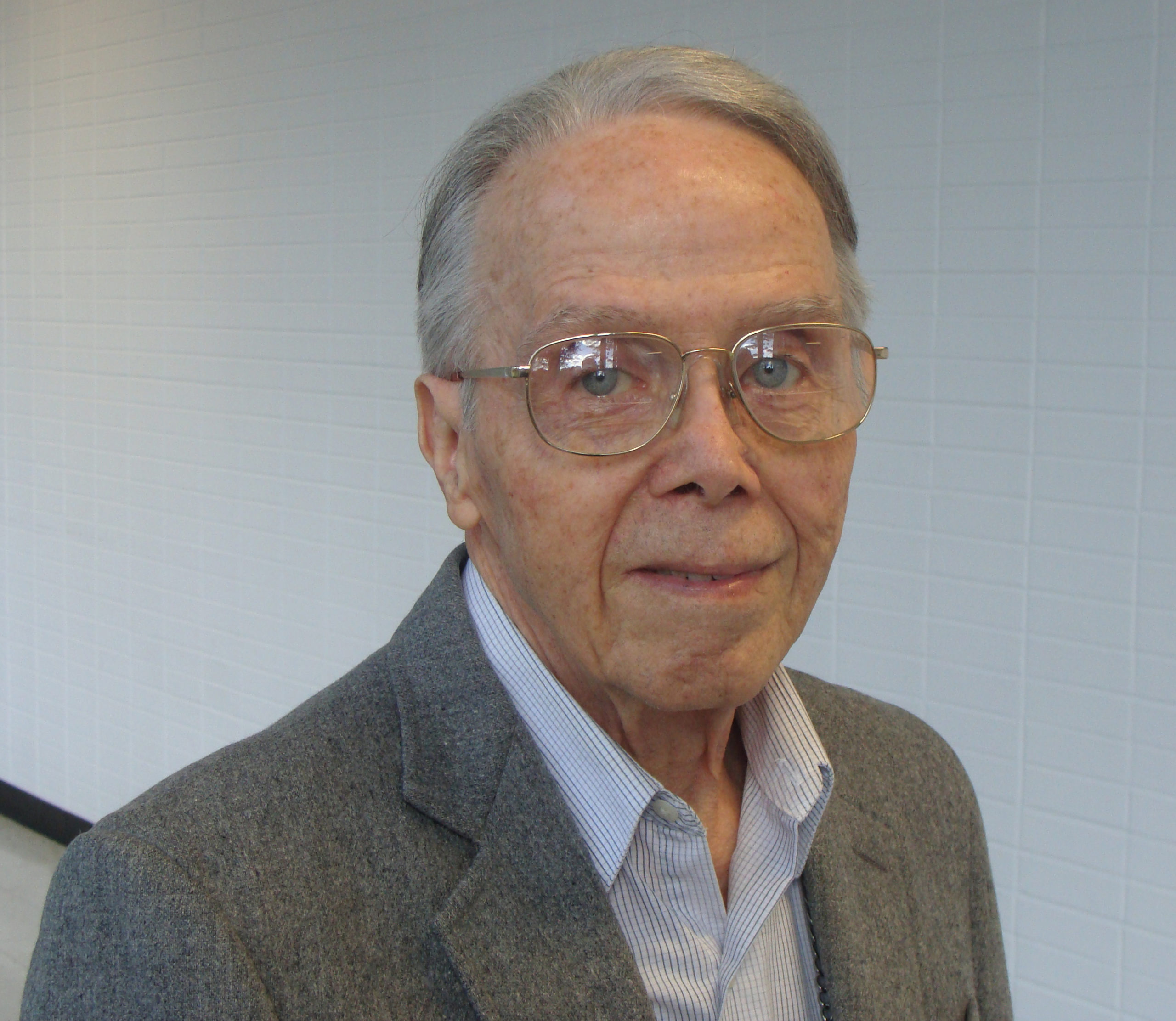Ostrow Hall of Famer Rafael Bowen DDS ’53 dies at 94

Posted
26 May 20
Editor’s Note: This story originally appeared on ADA News.
Those who knew Dr. Rafael “Ray” Bowen describe him as a “legend” who made significant contributions to dental materials research. Dr. Bowen, who retired in 2018 after 62 years at the American Dental Association, has died.
“Ray Bowen has been a fixture in restorative dental materials research for almost 60 years,” said Stephen Bayne, Ph.D., emeritus professor at the University of Michigan School of Dentistry, who first met Dr. Bowen as a graduate student and frequently connected with him over the years. “Ray shined in dental materials research in a way different from most.”
Dr. Bowen joined the ADA in 1956 after his first published research paper and presentation at an International Association for Dental Research meeting led to his encountering Dr. Robert Nelson of the ADA Research Unit, now part of the ADA Science & Research Institute.
While at the research unit located at the National Bureau of Standards, which later became the National Institute of Standards and Technology, Dr. Bowen developed Bis-GMA, a methacrylate monomer used in most modern composite resin restorative materials. He patented it in 1962, and it has been the most used resin in dental restoration for more than 50 years.
“Ray was one of the few icons in dental research who were well known not only in the U.S. but also globally, especially in Europe and Japan,” said Laurence Chow, Ph.D., former chief research scientist at the ADA Science & Research Institute, who joined the ADA Research Unit in 1969. “This invention revolutionized dental restoration techniques, replacing the silicate filling about 50 years ago and more recently the amalgam. Ray was also well known for his work in dentin bonding, from basic understanding of the adhesion science to formulating multistep dentin bonding techniques.”
In 1994, Dr. Bowen discussed his development process with the ADA News.
“I tried to make a hybrid material using a commercial epoxy resin as an adhesive binder to glue together powdered particles of silica glass or dental porcelain,” he said. “It occurred to me to replace the epoxy group on each end of this same kind of molecule with a methacrylate group. It was known that methacrylate groups polymerize rapidly under oral conditions. I hoped that the rest of the molecule would contribute many of the good properties of epoxies that made them so useful in many industrial applications.”
Dr. Bowen was well known for working on glass-ceramic tooth-colored restoratives, protective coatings for tooth and restoration surfaces, and methods for reducing shrinkage in composite materials, said Diane Bienek, Ph.D., ADA Science & Research Institute director of research operations.
He obtained many patents related to his research, Dr. Bayne said.
“Scientifically, Dr. Bowen is a legend. I used to tease him that he was the Elvis Presley of the dental world,” Dr. Bienek said. “Dr. Bowen’s scientific legacy will live on, as he inspired generations of scientists to take dental material development into uncharted territories.”
Dr. Bowen served as director of the Paffenbarger Research Center, a later iteration of the ADA Research Unit, from 1983 until 1994 and then became the ADA’s first distinguished scientist in 1994.
During his time as director, the center was successful in securing National Institute of Dental and Craniofacial Research funding, including a grant for two five-year periods that provided major funding for multiple interdisciplinary projects, Dr. Chow said.
For his contributions to dentistry, Dr. Bowen received numerous recognitions, including the ADA Distinguished Service Award in 1999 and the American Association for Dental Research Distinguished Scientist Award in 2014. A 1953 graduate of the University of Southern California School of Dentistry, he joined the ranks of the school’s hall of fame in 1997.
Despite all his career accomplishments, Dr. Bowen maintained an admirable work-life balance, enjoying activities from painting to skydiving to spending time with his wife, Dr. Bienek said.
“During all of that work, and beyond all of the chemistry persistence of Ray, surfaced the most important values of the man. He was charming, engaging, friendly, witty and always smiling,” Dr. Bayne said. “He treated everyone as an equal. He was always a team person. He made you feel important. That special grace is what we will always remember about our many special interactions with Ray.”